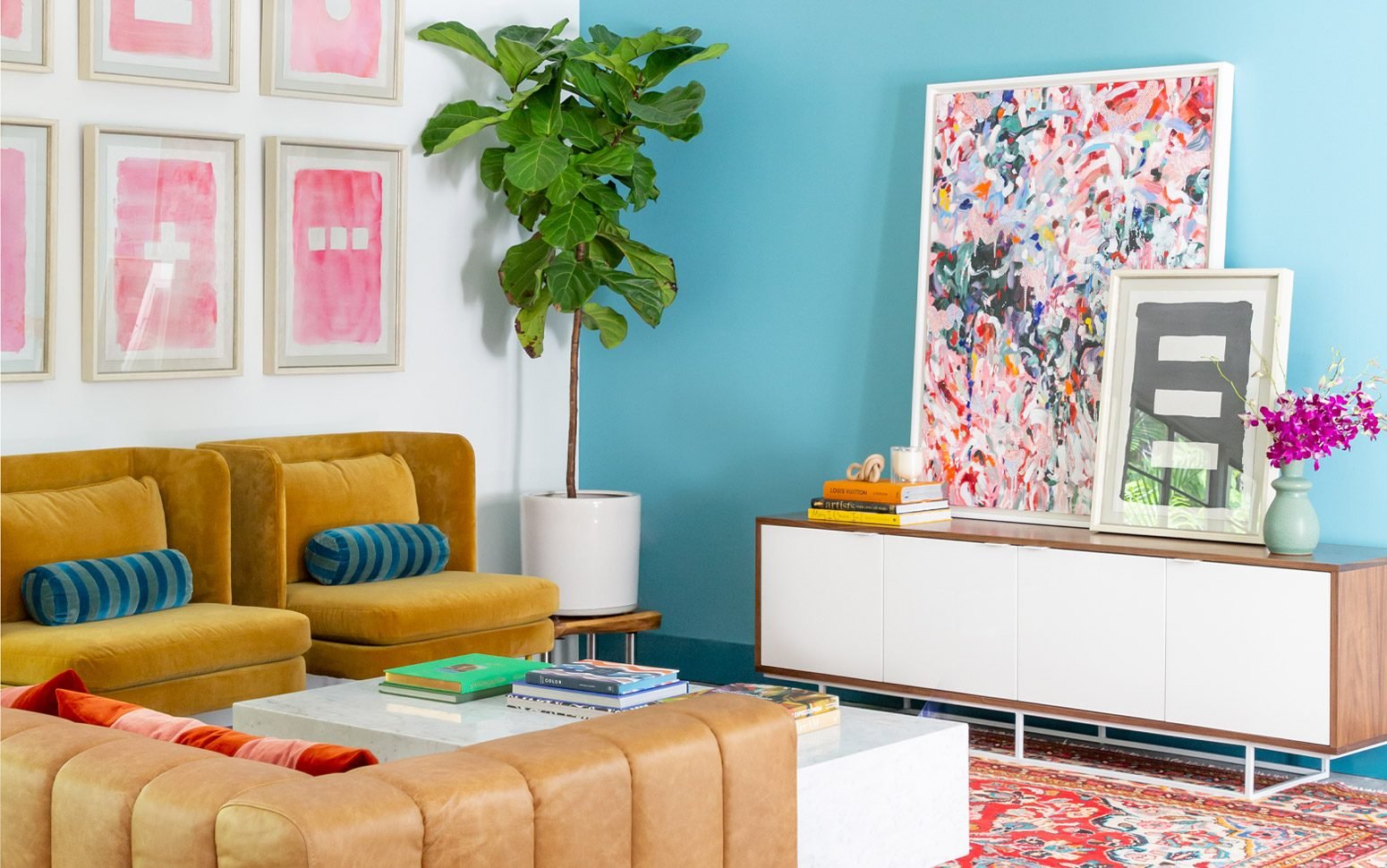Color can subconsciously evoke passion, happiness and fond memories, not to mention incite feelings of anger or sadness—and yet, it’s easy to simply live with the colors around you without giving much thought to their subtle effects on your mood.
Most of us can probably think of colors that embody calm (blue and green) and those that radiate exuberance (yellow or orange). There are a few universally popular options because of a psychological connection: a shade like blue evokes sunny days and cool water, making it a beloved choice for many. Brown, meanwhile, might evoke a negative connotation of dirt or mud. But colors are also highly personal. One person’s blah beige might remind another person of their grandmother’s cozy living room.
Fortunately, choosing colors more consciously is surprisingly easy and can have a positive impact on your mood. Here are seven ways to choose the best hue for your space—and you.
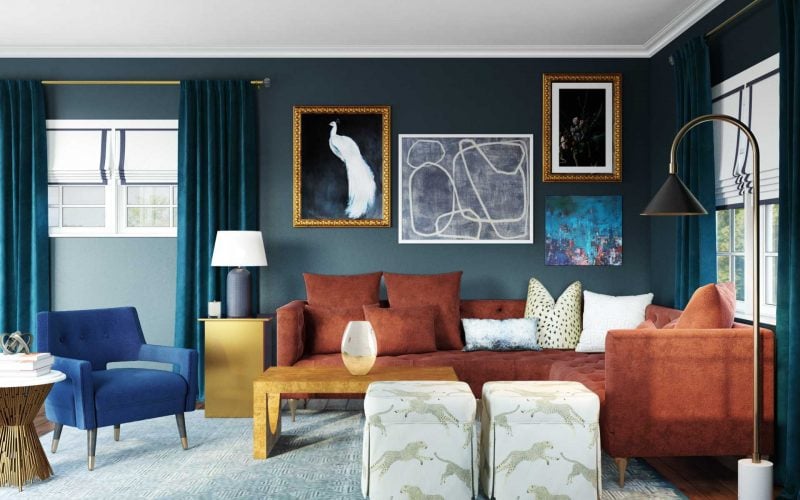
Consider how your home’s architecture and your personal interior design style might influence the color palette. (If you’re not sure about your interior design style, we’ve got a quiz for that.) If you live in a vintage home, bold brights might not work as well as slightly more muted tones compared with a more modern build. Even your space’s location might dictate a hue. Let’s say you know you want a blue bedroom. In Miami, a punchy, super-saturated blue would feel right at home. But in Denver, you might opt for a more muted shade reminiscent of the Rockies.

If you’re not sure about how to create cohesive palettes, look to the artists you love. Artists are masters at selecting eye-catching color palettes that blend beautifully. Van Gogh was adventurous and bold in his color choices, often using shades like yellow, orange, vermillion, ultramarine and black. Matisse often opted for primary shades while Monet selected cooler tones like cobalt, emerald and titanium white.
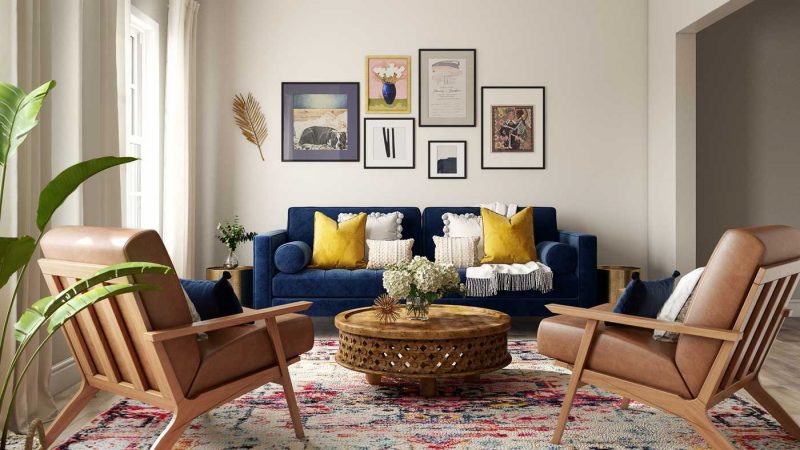
Whether you choose red or blue might be irrelevant. Some research suggests a color’s power has more to do with saturation than hue. A 2017 study in Psychological Research found that colors with higher saturation boosted heart rate and had a more influence on mood than less intensely pigmented colors. For an instant boost, opt for a more saturated shade of your favorite color. Take purple, for example: a deep purple shade can create a sense of luxury and drama, and neon purple can add a playful punch to a space. Meanwhile, a less-saturated hue of purple like soft lavender conjures up a relaxing vibe perfect for a bedroom.
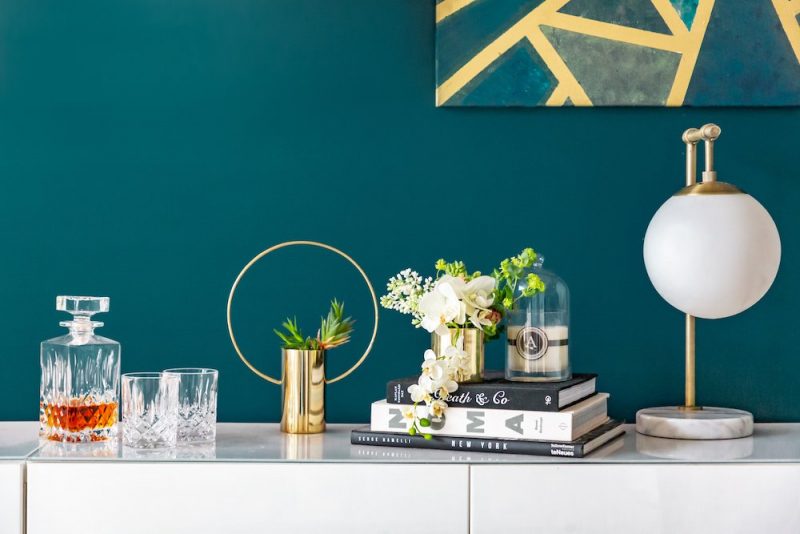
Bright, warm tones tend to have an energizing effect. Orange is often associated with enthusiasm and creativity, for example, while yellow is joyful and inviting. Red evokes passion and fosters conversation. Still, it’s worth noting these can be polarizing colors and are best used strategically as accent shades.
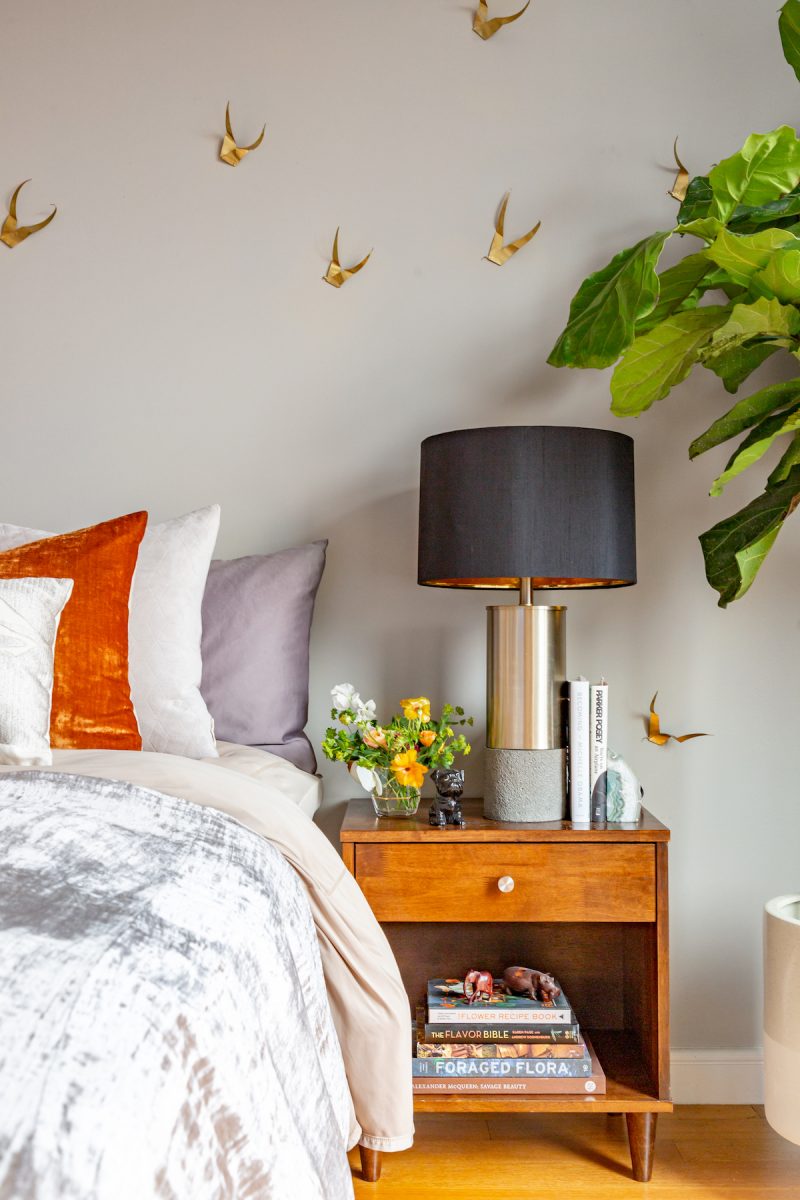
Opting for a less-saturated, cool-tone hue offers a more subtle way to experience color. A soft shade of blue or green creates a calming effect and sense of security. Studies show that shades of blue can lower blood pressure, slow metabolism and slow heart rate, making it an apt choice for bedrooms or home offices. Green is considered the most restful color for the eye, while simultaneously symbolizing all things fresh and new.
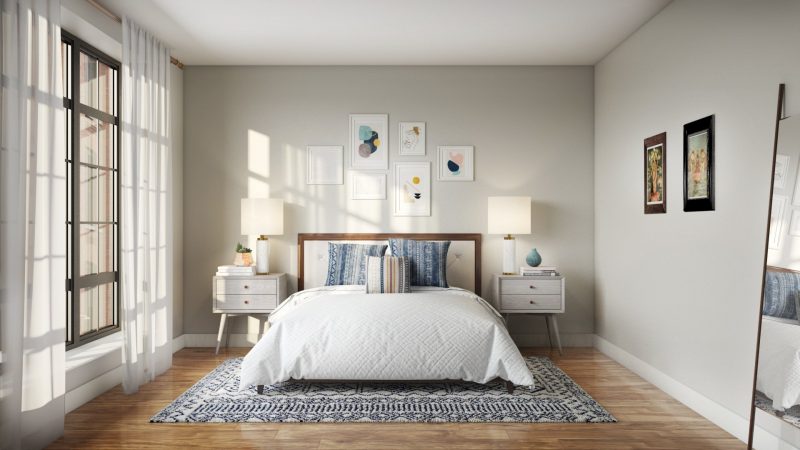
Learning your way around a color wheel can help you incorporate colors that speak to you on a deep, emotional level.
Complementary colors: On a color wheel, these are the colors directly opposite one another. Yellow and violet; blue and orange; and red and green are the main examples of complementary colors. Typically, interior designers use complementary colors sparingly as an accent.
Analogous colors: Analogous colors are next to each other on a color wheel and share similar characteristics. Red, orange, and red-orange would be an example of analogous colors, as would green, yellow, and greenish yellow.
Monochromatic colors: A monochromatic palette would use one color, like blue, for example, in several different shades spanning from light to dark.
Non-colors: Keeping it simple, this refers to beige, brown, grey, black, and white. These “non-colors” still play a huge role in design!
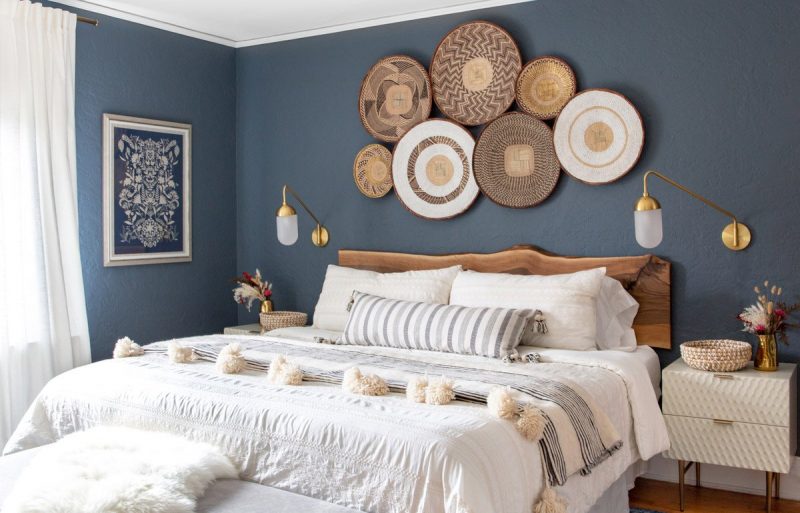
In general, harnessing the power of color psychology is as simple as noticing which colors move you, then incorporate them around your space.
Color your world with the help of our interior design experts. Get started with our design style quiz.

